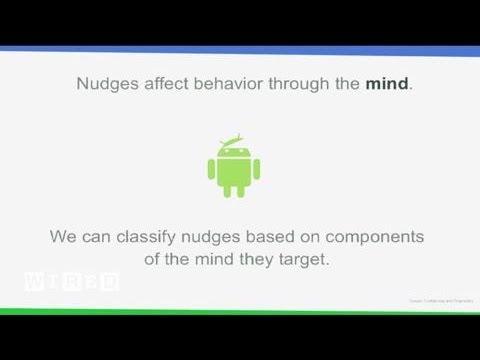The Future of Geothermal Energy: Exploring Enhanced Geothermal Systems
Summary
In this article, we explore the next generation of geothermal research, specifically Enhanced Geothermal Systems (EGS), which involves drilling two wells side by side and creating a fracture that connects them, allowing water to be circulated from the surface down the borehole through the fracture and producing steam or hot fluid out of the other borehole. The EGS CoLab is studying how the earth interacts with fluids underground and has drilled nine boreholes, with five of them targeted for stimulation and production.
Table of Contents
- Enhanced Geothermal Systems and the EGS CoLab
- The Deep Underground Neutrino Experiment
- The Stanford Underground Lab and Other Experiments
Enhanced Geothermal Systems and the EGS CoLab
The EGS CoLab is a research initiative exploring the technology of hydraulic fracturing in geothermal energy. EGS involves drilling two wells side by side and creating a fracture that connects them, allowing water to be circulated from the surface down the borehole through the fracture and producing steam or hot fluid out of the other borehole. The CoLab has drilled nine boreholes, with five of them targeted for stimulation and production. The goal of stimulation holes is to stress test rocks to gather as much data as possible, using packer elements that inflate and seal the borehole to generate or open a fracture. The CoLab’s data aims to be a proving ground for geothermal energy around the country.
The Deep Underground Neutrino Experiment
Engineers are building the Deep Underground Neutrino Experiment (DUNE), a massive series of detectors a mile underground that will detect neutrinos generated at the Fermilab in Illinois. The detectors will hold 17,000 tons of liquid argon each, and four of them are planned. The construction of the Long-Baseline Neutrino Facility (LBNF) and DUNE project will take over 10 years, with everything being built a mile underground in old mine shafts. The size of the caverns and detector are unprecedented, and the project is a top priority for the particle physics community. The hoists used in the facility are unique and well-designed, with only four in the world like them. The type of science being conducted is also unprecedented and will likely be studied in textbooks for generations.
The Stanford Underground Lab and Other Experiments
The Stanford Underground Lab has many other experiments going on, including biology experiments and equipment testing for various industries and NASA. The Wired Field Trip will explore the surface next time.
Conclusion
Geothermal energy is a promising source of renewable energy, and Enhanced Geothermal Systems (EGS) are the next step in geothermal research. The EGS CoLab is studying how the earth interacts with fluids underground and has drilled nine boreholes, with five of them targeted for stimulation and production. The Deep Underground Neutrino Experiment (DUNE) is a massive series of detectors a mile underground that will detect neutrinos generated at the Fermilab in Illinois. The Stanford Underground Lab has many other experiments going on, including biology experiments and equipment testing for various industries and NASA. These research initiatives are pushing the boundaries of science and will likely have a significant impact on future generations.







